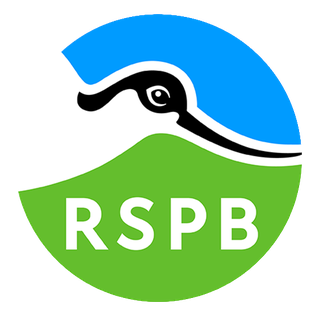Citizen Science
Get in Touch


Youngsters are actively encouraged to become involved. They dissect regurgitated pellets to establish which animals local barn owls have been eating.
What is Citizen Science
Scientific research into the natural world is underpinned by observations in the field and the gathering of extensive datasets to measure and quantify these observations. This is hugely time consuming and can only be achieved through the involvement of interested (and in many cases highly knowledgeable) ordinary people.
To this end, in addition to the simple pleasure derived from watching the local wildlife in Marden, much detailed information is gathered for scientific research and to inform conservation decisions at local and national level.
Most wildlife records collected in Marden are lodged, usually initially via the Kent recording groups, with the Kent and Medway Biological Records Centre (KMBRC). Some national survey data (for example the national annual Breeding Bird Survey (BBS) is held by the body collecting it – in the case of the BBS, by the British Trust for Ornithology (BTO). At the same time, smaller scale datasets are gathered to investigate the local flora and fauna, to help evaluate the ecological impact of farmland management.
Examples include:
Regular bird ringing licensed by the BTO.
Fitting colour rings to yellowhammers to track their movements around winter feeding sites provided by farmers.
Regular moth, butterfly, reptile and dragonfly surveys.
BTO surveys – BBS and Garden Birdwatch – and the Nest Record Scheme.
Specimen collection for research into microplastics in small mammal droppings at Sussex University and published in a scientific journal, and for gut parasites in farmland birds at Lincoln University, also published in another scientific journal.
Mapping the distribution of hedgehogs, and breeding turtle doves in Marden.
Mapping the spread of orchids from Marden Meadow (SSSI).
Where possible, young people are involved in simple, systematic investigations to encourage an interest in science and the natural environment. We are happy to supply schools and individuals with owl pellets, for example, as these can be dissected to identify prey items – an activity which supports National Curriculum Science.
Fauna and Flora
We have generically grouped all our Fauna and Flora and know that these groupings aren't always perfectly correct, but this has been done to make it simple to get an idea of the variety of species we have in our parish. We do not expect this website to be used as an encyclopaedia.










